Who is the Apple Vision Pro for?
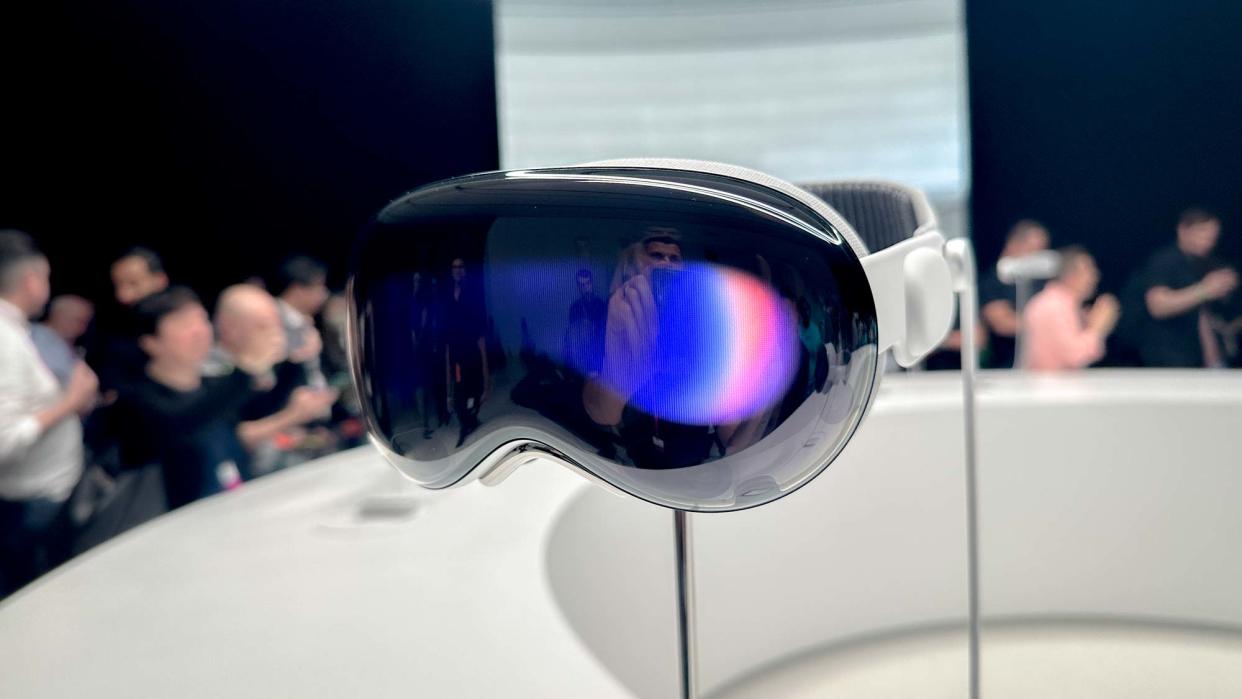
Despite all the leaks and rumors, the Apple Vision Pro was still a bit of a surprise at WWDC 2023. A showcase of all its features and functionality was an eye-opening insight into how the folks at Cupertino view the direction augmented and virtual reality can take.
While the ability to watch movies in a virtual environment has been around for ages, Apple’s partnership with Disney could produce some truly compelling experiences. And the interplay between Apple’s existing services and products and its vision for ‘mixed reality’ shows the potential for the Vision Pro to spearhead the next step in AR and VR headsets.
But a major sticking point is the price. At $3,499, the Vision Pro blows even the pricer VR headsets out of the water in terms of costs. Granted, there’s an awful lot of tech in the headset that could justify the loft price tag. But at the same time, we’re in a time when the cost of living is uncomfortably high for many. So the idea of splashing the cash on a device that’s somewhat niche in an area that’s already niche is hard to swallow.
So the question that lingers is who is the Apple Vision Pro for? Well, I have some thoughts and hopefully answers.
App developers
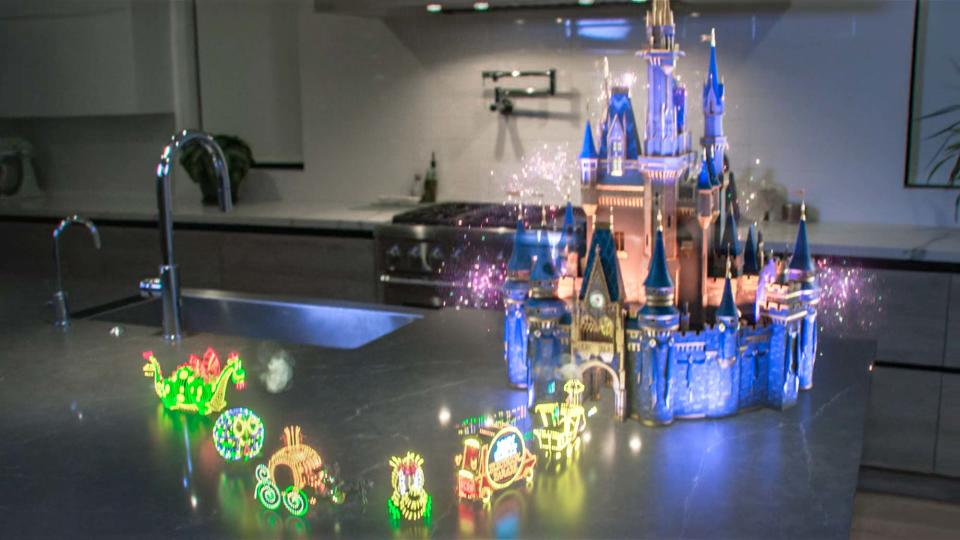
From all the rumors ahead of the WWDC, it was relatively clear that the Vision Pro wouldn’t be a device for the vast majority of Apple fans. Rather it seems like a machine for developers to create the AR and VR apps that could end up defining what we expect from mixed reality in the future.
Given Apple’s large developer platform, it can afford to charge developers for access to the Vision Pro, as if Apple manages to make mixed reality a... well... proper reality, in a few years' time, those developers stand to be part of a robust and profitable ecosystem.
As Leo Gebbie, principal analyst of the connected devices at CCS Insight, explains: “There is little in the Vision Pro playbook that is brand new to extended reality (XR). Entertainment, socializing, and productivity are all features that other virtual and augmented reality (VR and AR) devices have aimed to make a success of. However, Apple has brought its traditional strengths in optimization across both hardware and software to build a device and an ecosystem which appears to deliver a transformative user experience.”
Creative professionals and businesses
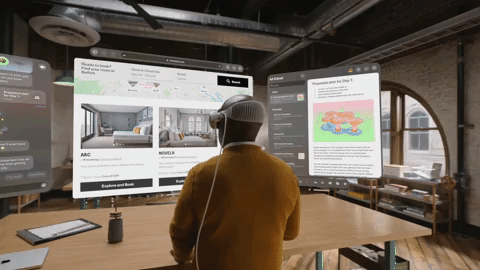
A good part of Apple’s Vision Pro showcase was how the headset could be used in creative environments. For one, the Vision Pro can present a load of virtual windows and displays in an area that may only have space for one or two physical monitors.
When it comes to professional graphics creation, digital design work, photo and video editing, having more room to manipulate 3D virtual objects, being able to peer into designs in a 3D space or simply having more room to handle video timelines and clips is a boon. So I can see Vision Pro being used as a tool to let creative professionals do more without needing a lot of physical space.
Add in the easy connectivity to MacBook and Apple peripherals, and how software like Adobe Lightroom will just work with the Vision Pro, then its use in creative work and businesses makes a lot of sense. Granted, a company purchasing a load of Vision Pro headsets might be very costly, but enhanced productivity and creativity could be worth the investment.
Very early adopters with plenty of money
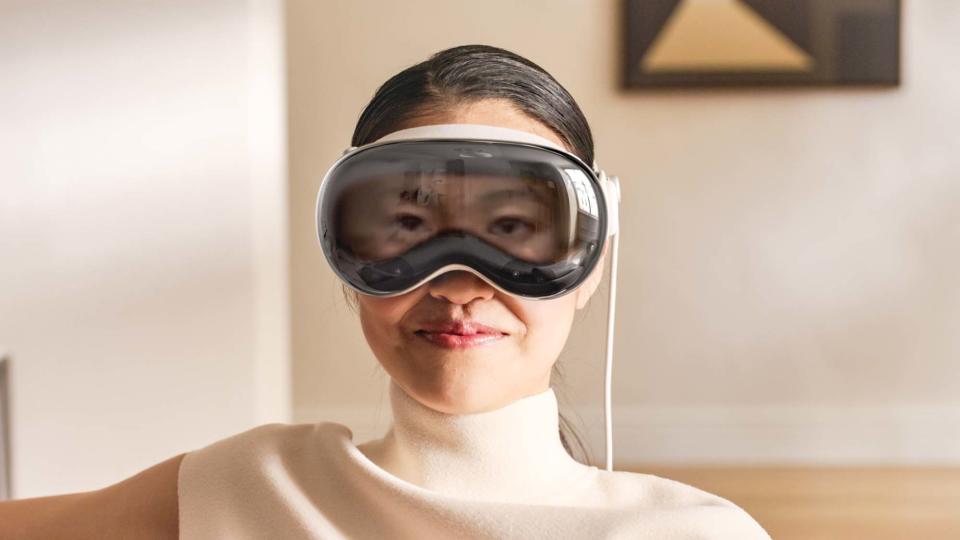
As it's an Apple device, there are going to be some die-hard Apple fans who’ll simply not be able to resist the Vision Pro.
Much like people who pay thousands for very high-end TVs or hugely powerful gaming PCs, the Vision Pro is likely to be a bit of a tech luxury device. And as the Vision Pro is set to use very familiar apps for people used to iPhones and MacBooks, it could be a more attractive purchase than any of the previous high-end mixed reality headsets, a lot of which require a powerful PC to run or an operating system that’s alien to consumers.
People who really hate flying
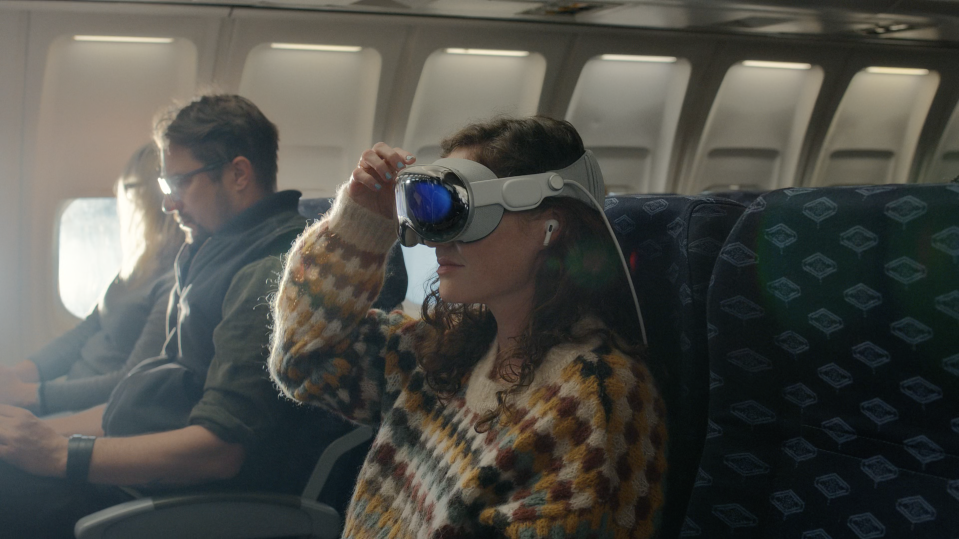
OK, so this is a bit of a tongue-in-cheek entry, but as part of the Vision Pro showcase Apple cites an example of the headset being on a flight with a crying child. As a way to escape this and the feeling of being stuck on a metal flying death tube, a woman in the video pops on the Vision Pro and uses it to be immersed in a movie, complete with Apple’s Spatial Audio.
This concept really resonated with me. While I rather enjoy flying, long-haul trips can get dull and there’s only so much the best noise-canceling headphones can do to alleviate this. So a way to completely block out most of a flight is very appealing; admittedly I am not suitably well-heeled to consider getting a Vision Pro. But for people who don’t like flying and really hate the noise of others in their vicinity, the Vision Pro could be a very expensive panacea to their woes. Like the woman in the video, after buying the headset you'll only be able to afford economy class.
Who isn’t the Apple Vision Pro for?
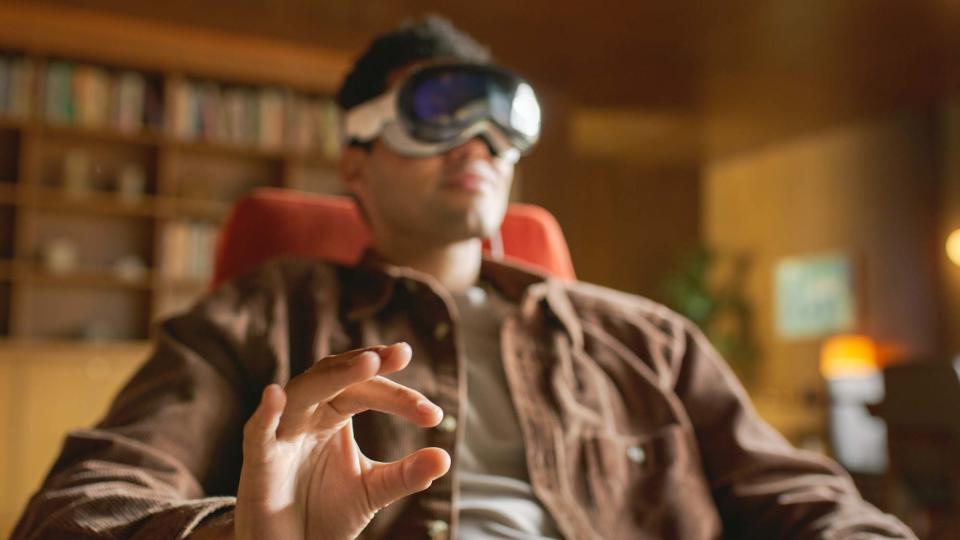
Most people
Let’s be honest, the idea of paying $3,499 to see FaceTime calls in augmented reality or watch movies on a big screen isn’t going to resonate with a lot of people, especially when headsets like the affordable Meta Quest 2 haven’t made VR mainstream yet.
And the idea of fixing a pair of tech goggles onto your face as you go about your daily routine or even when you’re puttering about your home isn’t likely to appeal to a lot of people; if you want your apps right in front of your eyes, then you can simply bring your iPhone closer to your face.
Then there are concerns over motion sickness and migraines, which have often hampered the adoption of mixed reality headsets. Apple is likely to have put in a lot of work on the hardware and software side to help mitigate this, but the uncanny disconnect some people can feel in virtual environments isn’t easily solved.
While I don't have kids, the idea of using a headset to capture tender moments may seem like a smart use of emergent tech, but it also leaves me feeling a little cold. Surely, you’d be better off being in the moment rather than having little Timmy pipe up with “Dad, why are you wearing goggles with slightly creepy eyes and staring at us?” as he unwraps one of the best iPads for kids.
Going back to the price tag, let me say it again: the Vision Pro costs $3,499. For that amount of money you could get one of the best 4K TVs, a PS5, the PSVR 2, one of the best VR headsets, and still have change left over to get an iPhone 14 Pro.
But despite this cynical take, the reality of Vision Pro is if it finds some traction among a small set of users, it’ll surely pave the way for a cheaper, more consumer-friendly headset, likely in addition to dedicated AR wearables like the so-called Apple Glasses.
Medical and Industrial use
AR and VR headsets have long been used in medical and industrial environments. VR headsets can help train doctors and engineers. AR goggles can help feed mechanics data and instructions while working in difficult or complex situations like on oil rigs and aircraft maintenance. I once tried Microsoft’s HoloLens headset to repair a mock aircraft component and found it to be very innovative.
But I can’t see the Vision Pro being used in these situations. Not only does it lack a rugged design, but it is also built around existing Apple software and platforms, whereas medical and industrial mixed reality use tends to require specific software. It’s for these reasons that laptops like the Panasonic ToughBook 40 exist (I’ve actually managed to break one such ToughBook) and find use in military, medical and industrial use rather than the MacBook Air M2 or a slick Dell XPS 13.
I’d not be surprised if industry-specific headsets adopt some of the technology and potential interoperability the Vision Pro promises. But I can’t see Apple’s first AR/VR headset getting used in even the most high-end of hospitals.
Apple Vision Pro outlook
It's highly unlikely that the Apple Vision Pro will be a mixed reality device that becomes as commonplace as the best iPhones. But Apple has form with introducing tech that many scoff at initially only to find it sets a standard for others to follow and takes new devices mainstream.
For example, when the iPad was first announced, a lot of people thought it was unnecessary and pointless when smartphones exist. But roll on a few generations and now iPads are the name in tablet computing, and while not essential are very useful tools or entertainment devices.
So I see the Vision Pro as a proof-of-concept for Apple to carve its path into mixed reality. And come 2025, I'd not be surprised to see more competitively priced Apple headsets that channel the Vision Pro's spirit into AR and VR wearables for regular use in both work and play.

